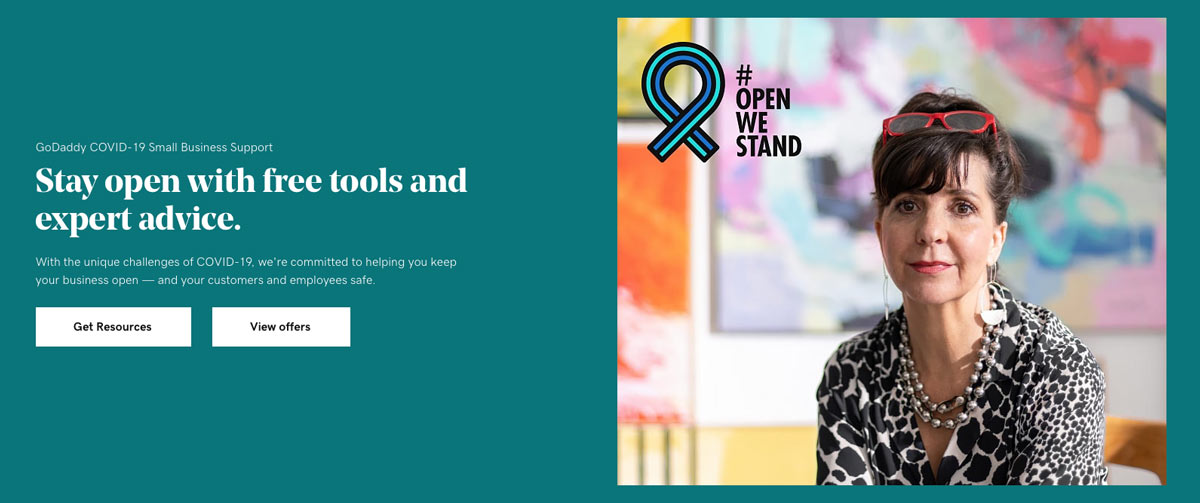
Defining Communication Goals

With so many operations and departments to keep track of, the first step to drafting a logical communication plan is to define what exactly you need to achieve or improve upon when it comes to company conveyance. Initially, you’ll need to determine the audience you’re trying to aid in boosting communication relations with. This could be any specific demographic ranging from media or press, different age groups of clientele, community leaders, etc. Your communication plan can also pertain to internal relations, such as advertisers, delivery services, or any group of employees that are appearing detached from overall company goals and objectives.
Once you’ve established where communication needs to be improved, you’ll need to define what goals you’re hoping your communication plan will help achieve. Let’s say you're making a big company event announcement that’s aimed at recognizing loyal clients or customers you’ve had all these years. What do you want the customers and clients to walk away from the event feeling? How are you going to convey gratitude for their loyalty? Brainstorming effective communication tactics such as hiring inspirational keynote speakers, fundraising for specific community causes, as well as organizing press releases or engaging local media are ways your company can work toward getting your message across.
Maybe you and other company executives have noticed a lack of employee engagement over the past couple of months. How can you effectively reach out to every team member to gauge their satisfaction at work? A possible communication plans sample could include everything from drafting anonymous surveys for employees to fill out to head off any crises, conducting confidential one-on-one interviews with employees to directly air out any internal grievances, or reaching out personally to department leaders to see whether possible incentives are necessary to increase employee motivation. When you evaluate what areas, externally or internally, you believe your company needs to improve upon, utilizing all your communication services and chains of command are the most effective methods of addressing any issues or sending positive messages.
Channeling the Message

After determining who you’re trying to reach out to, as well as what you’re hoping to get out of reaching out to them, it’s time to conceptualize what the exact message you’re trying to get across. From developing your latest homepage headlines to drafting weekly company newsletters, the most important thing you can remember to focus on for the message of your communication plan is its content.
If your message is reiterating how important customer service is to you, then make sure your press release, video advertisement or website copy demonstrates the primary ways your company focuses on enhancing customer satisfaction. If your email newsletter is intended to boost employee confidence, then write profiles on specific employees who have stood out over the past weeks, or provide specific statistics that demonstrate your employee’s positive impact on revenue. It’s also important to find a balance between informal and casual language when delivering content to your audience, as leaning too heavily on the former can come off as cold and boring, while relying on the latter may not come off as sincere.
Evaluating Information and Results

The final step of developing an effective communication plan comes after you’ve identified your audience, determined your goals, and delivered your message. Now it’s time to process information and data that will help your company evaluate how productive your communication plan was, as well as shed light on what you could possibly do differently the next time around.

Possible means of evaluating the effectiveness of your corporate communication plan can include gauging social media reactions amongst media resources and customers, providing follow up surveys or polls for employees to assess engagement, requiring department leaders to deliver monthly reports examining helpful statistics or feedback, or analyzing overall changes in productivity at the year’s end.
Whether you've just faced a serious business crisis, When all the pieces of the puzzle become clear, you’ll be thankful you were able to outline such an informative corporate communication plan and be amazed at how productive an effective stream of communication can be.
The Communication Planning Process
Below is an easy-to-remember, 7-step process to improve your communication planning. From writing website updates to press releases to customer service scripts, keep this in mind the next time you need to develop a specific asset:

- Conceptualize your plan: Bring your team together and start a brainstorm – go through the basic Who, What, When, Where, Why and Hows of your upcoming campaign.
- Analyze data, internal teams, audience: Gather the necessary resources and distribute it to team members.
- Develop a checklist: Keep things easy to handle by developing a checklist or filling out a creative brief that quickly summarizes key goals, markets, etc.
- Define leadership roles: Carve out the people that will be in charge of distributing communicable items.
- Build your strategy: Define how your items will be dispersed among the general public.
- Delegate tasks: Keep your team on a tight leash by delegating specific tasks to each group or member.
- Track Goals: Dive into the data behind the scenes so you can quantitatively track whether your communication plan was effective.
When it comes to communicating your message, words matter.
The team at Frahm Digital develops results-driven communication plans that effectively market your brand online. Whether you're trying to improve internal processes, amplify PR campaigns or think of creative ways to connect with the public, we can help.
If you're interested in learning what it's like to work with us, click the button below to receive a no-hassle, 100% free website audit. We'll give you actionable insights on ways to improve your communication, design and SEO.

